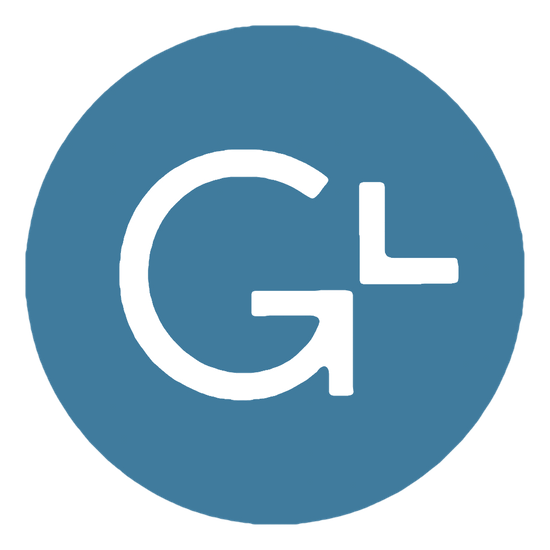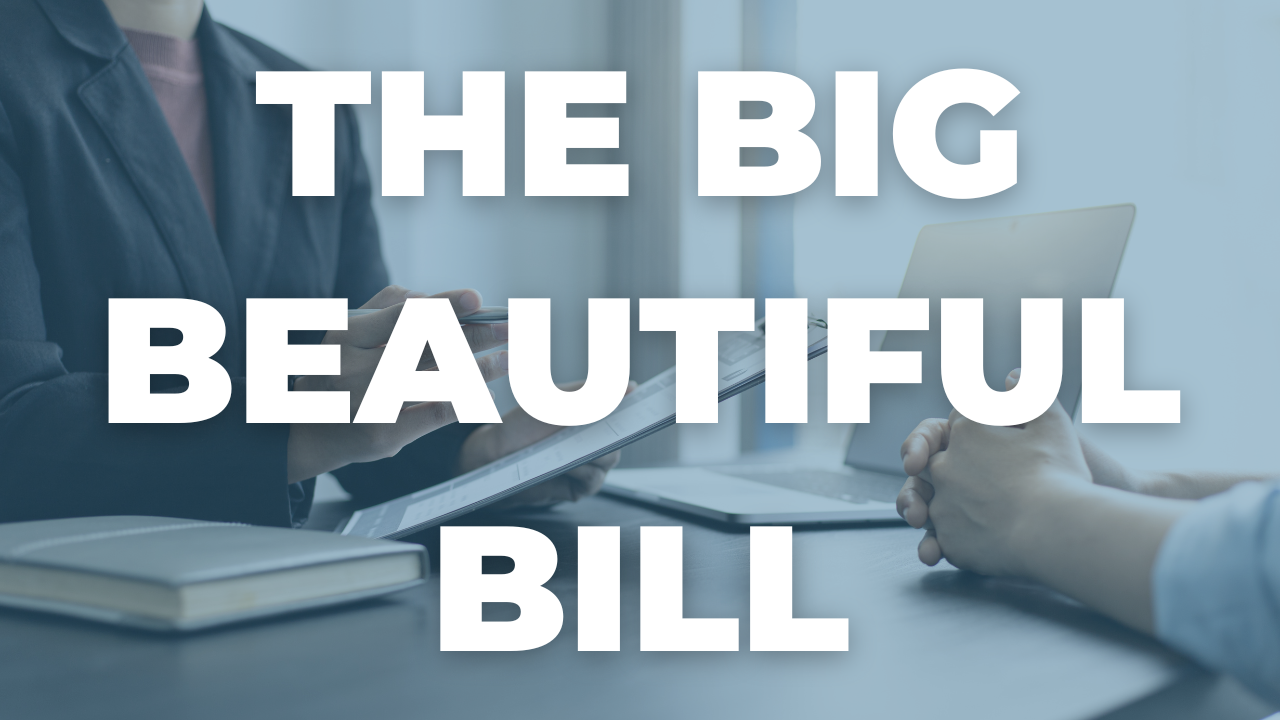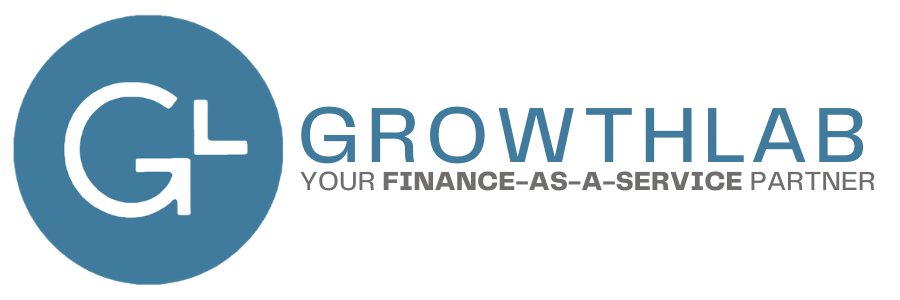What’s Changing with 529 Plans
When Congress passed the One Big Beautiful Bill (OBBBA), a lot of attention went to tax deductions, fringe benefits, and payroll updates. But tucked inside the legislation is another change that could have a real impact on families, students, and even professionals later in their careers: 529 Plan expansion.
If you’ve ever saved or thought about saving for education, this is big news. Let’s break down what’s changed, why it matters, and what you should be watching for.

K–12 Withdrawals Just Doubled
Until now, families could withdraw up to $10,000 per year from a 529 Plan to cover elementary or secondary education expenses. That cap has now doubled to $20,000 annually.
Why does this matter? Because private school tuition, tutoring, and specialized programs add up quickly. Families who’ve been relying on other funding sources may now find 529 accounts a much more practical option for managing costs year to year. Best of all, these withdrawals can be made without federal tax worries.
More Expenses Qualify Than Ever Before
This is where the change really broadens the usefulness of a 529. Under the OBBBA, the definition of “qualified education expenses” has expanded beyond traditional tuition. New eligible expenses now include:
- Curriculum materials and instructional books
- Fees for standardized testing (SAT, ACT, etc.)
- Dual-enrollment fees for college courses taken in high school
- Online educational resources and courses
- Tutoring or supplemental classes outside the home
- Specialized learning strategies and programs for students with disabilities
In short: if your child’s education goes beyond classroom tuition, which it often does, your 529 funds can now stretch further, tax-free at the federal level.
It’s Not Just for Kids Anymore
One of the most forward-looking parts of the law is its recognition that learning doesn’t stop at high school or college. The OBBBA now allows 529 funds to be used for career training, certifications, and continuing education. That includes:
- Programs listed under the Workforce Innovation and Opportunity Act
- Courses or certifications in the VA’s WEAMS database
- Industry-recognized licensing exams (think CPA, IT certifications, trade licenses)
- Continuing education fees required to maintain credentials
- Miscellaneous fees, books, exam costs, and supplies for eligible programs
This means 529s are no longer just “college savings accounts.” They can be lifelong learning accounts, supporting career shifts, professional development, and job-readiness well into adulthood.
Why This Matters for Families & Professionals
For families, the obvious benefit is flexibility. You’re no longer limited to tuition-only expenses, and you can plan for a wider variety of educational needs without facing surprise tax consequences.
For working professionals, this expansion acknowledges the modern reality: careers change, industries evolve, and credentials need to be maintained. Having access to 529 funds for these costs could make upskilling and reskilling far more affordable.
A Few Things to Keep in Mind
Like many new provisions in the Big Beautiful Bill, the timing and application will depend on federal guidance and, in some cases, state legislation. Some states may need to update their laws before these benefits are fully available.
The Treasury will also play a role in issuing guidance that determines when and how these changes roll out. It’s a good idea to check with your state or your financial advisor before making big withdrawals.
Ready to Meet Your New Tax Team?
The OBBBA’s 529 changes may not grab headlines like new tax credits or payroll rules, but they could make a huge difference for families and professionals planning their educational paths. With higher withdrawal limits, broader qualified expenses, and new opportunities for career-focused learning, the 529 Plan just became a more versatile and valuable tool than ever before.
TLDR
- Annual K–12 withdrawal limit doubled from $10,000 to $20,000.
- “Qualified expenses” now cover tutoring, online courses, dual-enrollment, testing fees, and specialized programs.
- 529 funds can be used for workforce training, certifications, continuing education, and related fees/supplies.
- Withdrawals can be made without federal tax worries.
- Some states may need to update laws, and Treasury guidance will determine rollout timing.
Frequently Asked Questions
What is a 529 Plan?
A 529 Plan is a tax-advantaged savings account designed to help families save for education expenses. Funds can be invested and later withdrawn tax-free for qualified education costs.
How much can I now withdraw for K–12 expenses?
The annual withdrawal limit for K–12 education expenses has doubled from $10,000 to $20,000 per student, per year.
What new expenses qualify under the updated law?
In addition to tuition, qualified expenses now include tutoring, online courses, standardized testing fees, dual-enrollment programs, specialized learning support, and educational resources like books and curriculum materials.
Can 529 funds be used for adult learning or career development?
Yes. Under the new law, 529s can be used for professional certifications, licensing exams, continuing education, and eligible training programs. This includes fields like accounting, IT, trades, and other career shifts.
Are 529 withdrawals still tax-free?
Yes—withdrawals remain tax-free at the federal level when used for qualified education expenses. However, state tax treatment may vary depending on whether your state has adopted the new rules.
Can I use 529 funds for graduate school or continuing credentials?
Yes. Graduate school tuition, professional certifications, and continuing education fees are now explicitly included in qualified expenses.
What happens if I use 529 funds for non-qualified expenses?
Withdrawals for non-qualified expenses may be subject to income tax and a 10% federal penalty on earnings. It’s important to confirm whether an expense qualifies before making a withdrawal.






